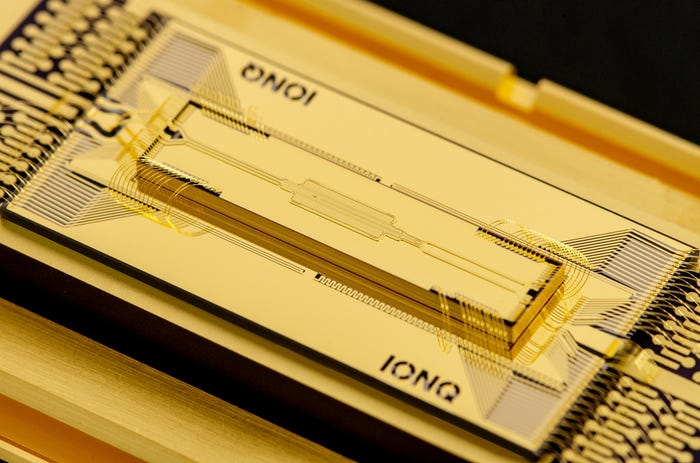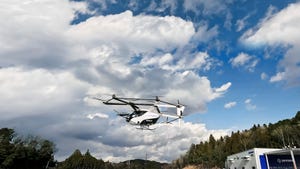
Researchers have developed advanced strategies to create flexible, self-powered tactile sensors for robotics and wearables that could achieve higher sensitivity and durability.
In a new study conducted at Chung-Ang University in South Korea, engineers used innovative manufacturing techniques to enhance sensor performance by optimizing material properties and fabrication techniques.
They found the techniques could be essential for creating sensors capable of multi-modal sensing and real-time interaction, potentially expanding the application scope of tactile sensors across industries.
For the study, the researchers conducted a comprehensive review of manufacturing strategies for both piezoelectric and triboelectric sensors, which are designed to convert mechanical stimuli into electrical signals, making them crucial for applications in robotics and wearable devices.
The former leverage voltage generation through mechanical stress in non-centrosymmetric materials, such as quartz and polyvinylidene fluoride, while the latter operate on contact-induced charge transfer.
Both offer unique advantages, including self-powered functionality and high sensitivity, but face challenges, such as material brittleness and environmental limitations.
Following their review for both sensors, which included material properties, fabrication processes, and device designs, they introduced novel manufacturing strategies to overcome the known limitations.
For example, for piezoelectric sensors, the researchers highlighted the importance of increasing the piezoelectric constant through methods such as doping, crystallinity control and composite material integration.
Notable advancements included using lead-free ceramics and polymer blends to create flexible, environmentally friendly sensors suitable for dynamic applications.
The integration of 3D printing and solvent-based crystallization techniques was also found to significantly improve the sensitivity and adaptability of these sensors.
The triboelectric sensors were enhanced through surface modification techniques, such as plasma treatments, micro structuring and dielectric constant optimization. These strategies increased charge transfer efficiency and enabled the development of durable, high-output sensors.
The research also demonstrated the effectiveness of hybrid materials and nanostructures in boosting triboelectric performance while maintaining flexibility and environmental resilience.
The university said the study is among the first to provide a holistic overview of manufacturing strategies for both piezoelectric and triboelectric tactile sensors, emphasizing their complementary strengths.
Adding that it could drive the creation of highly sensitive, self-powered sensors for next-generation technologies, enabling breakthroughs in health care, robotics and human-machine interfaces.
“Our study explains the materials and device fabrication strategies for tactile sensors using piezoelectric and triboelectric effects, as well as the types of sensory recognition,” said professor Hanjun Ryu, who led the study.
It also highlighted the potential of integrating AI with tactile sensors for advanced data processing and multi-stimuli detection, the university said.
For example, AI-driven analysis of tactile inputs, such as texture and pressure recognition, could significantly enhance the accuracy and functionality of these devices.
This could pave the way for next-generation sensors that mimic human sensory capabilities while achieving higher operational efficiency, as well as the development of intelligent systems that seamlessly integrate with human needs, it added.
About the Author
You May Also Like






